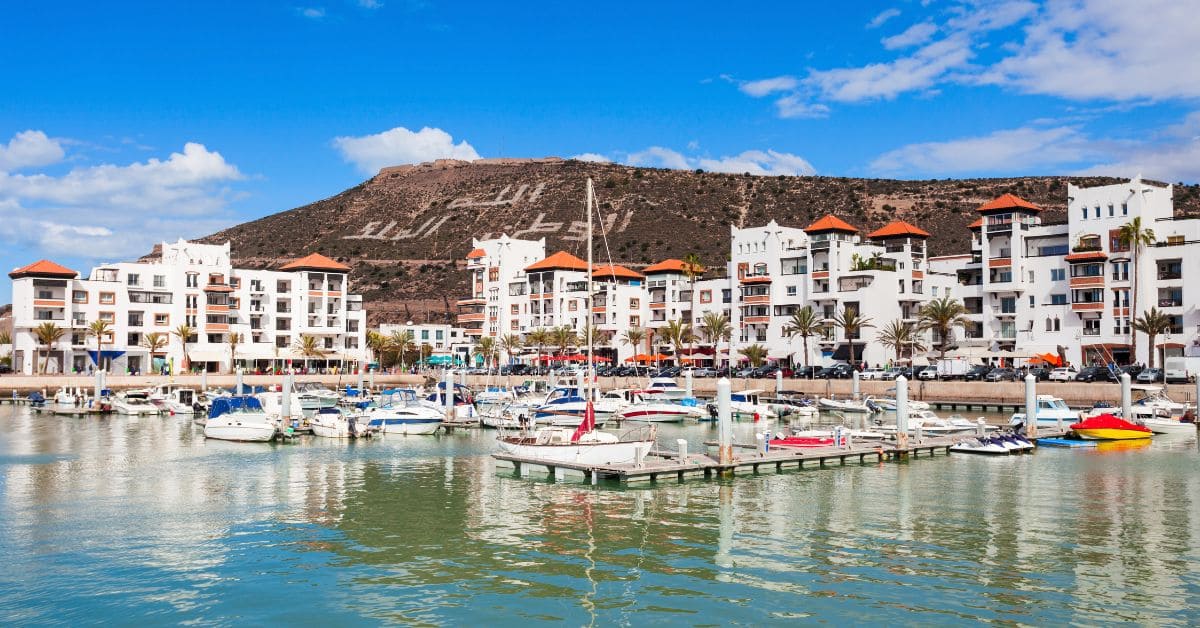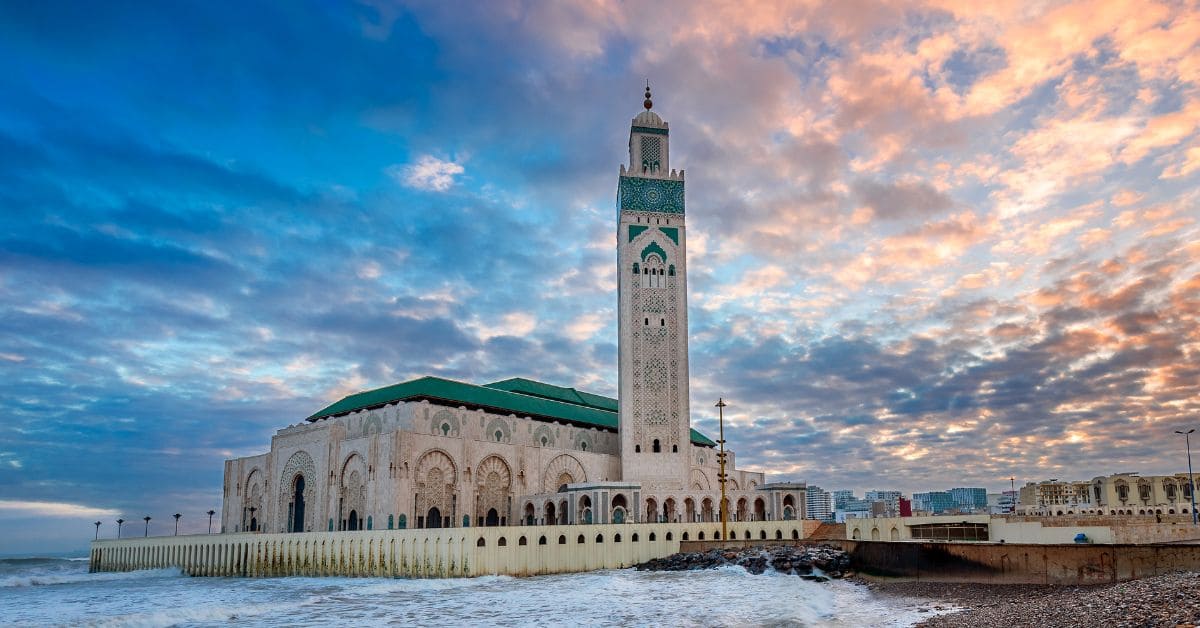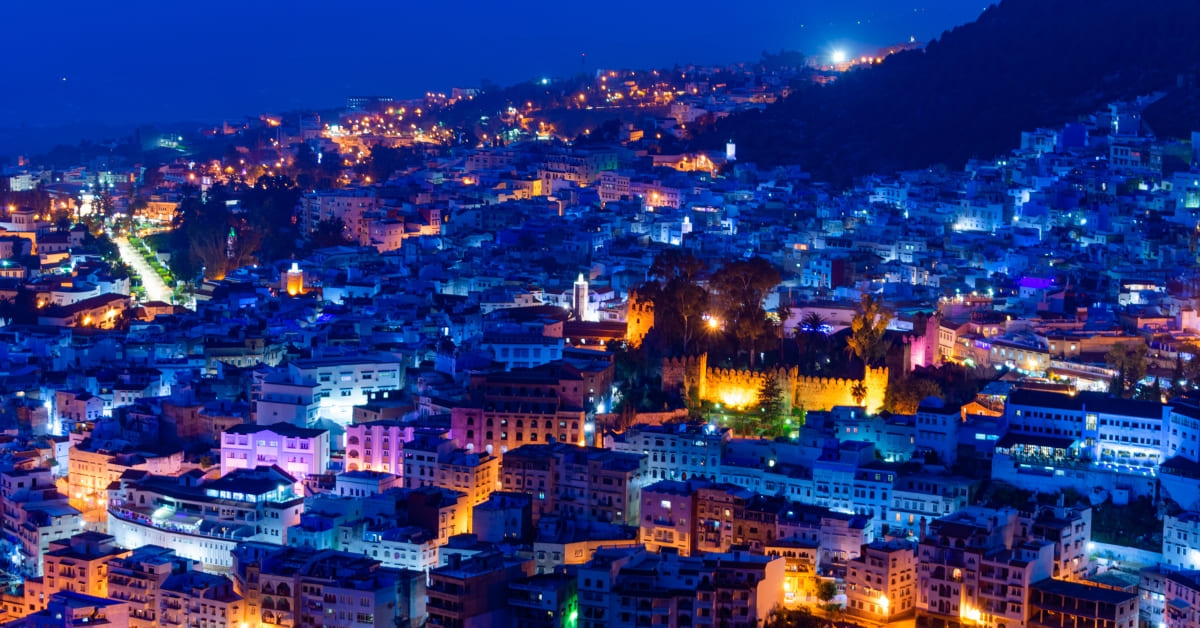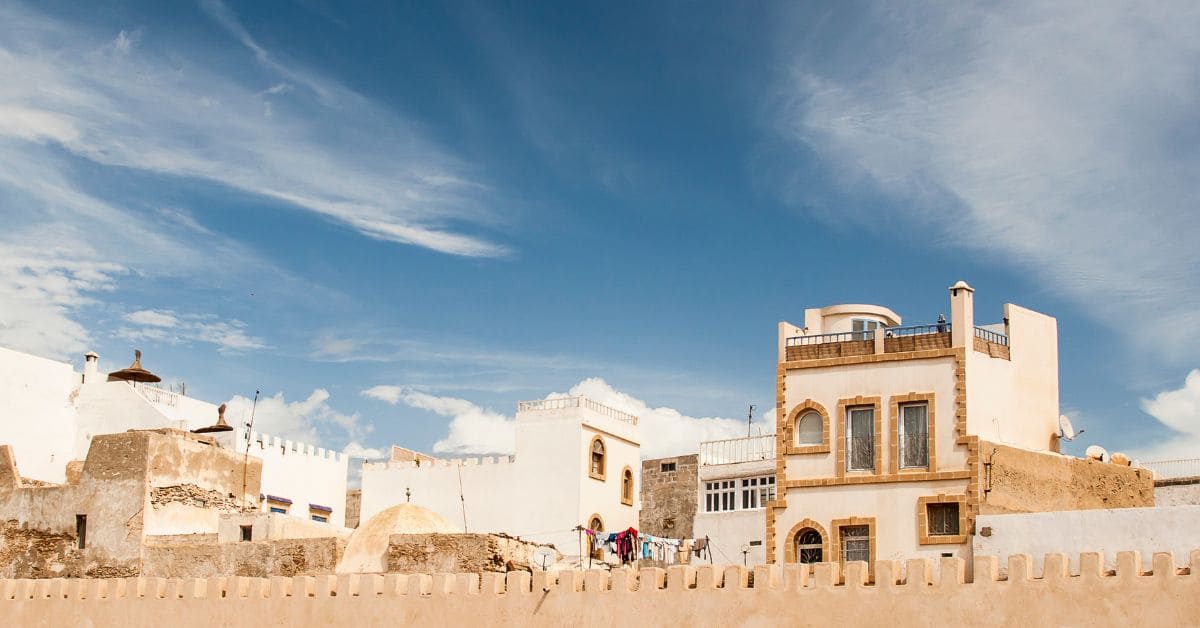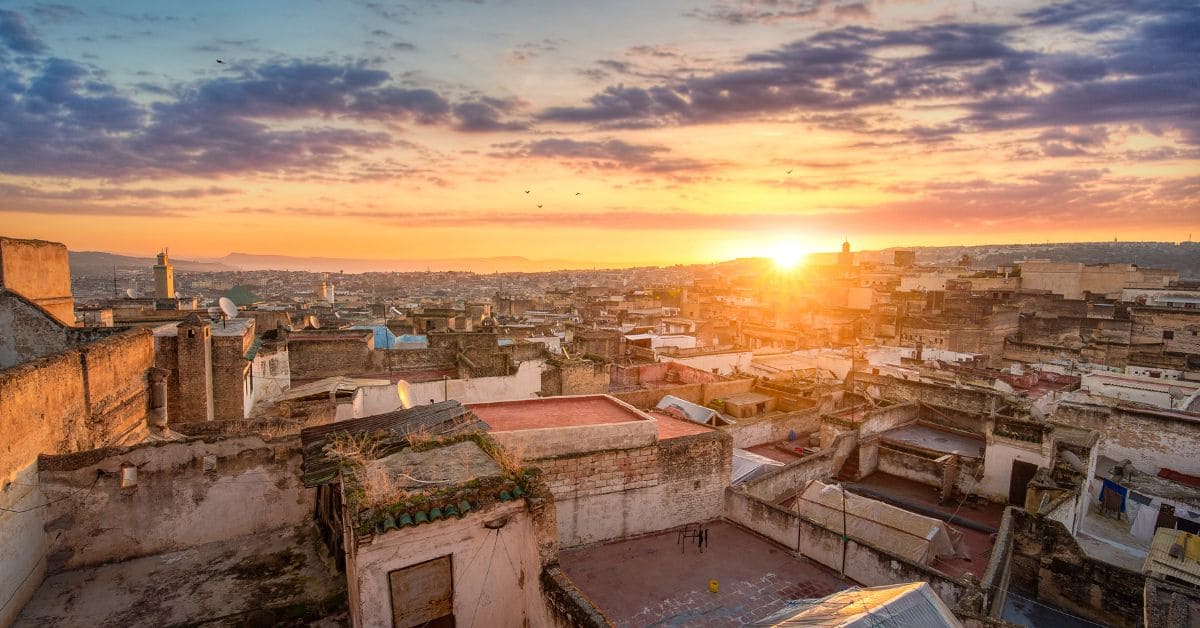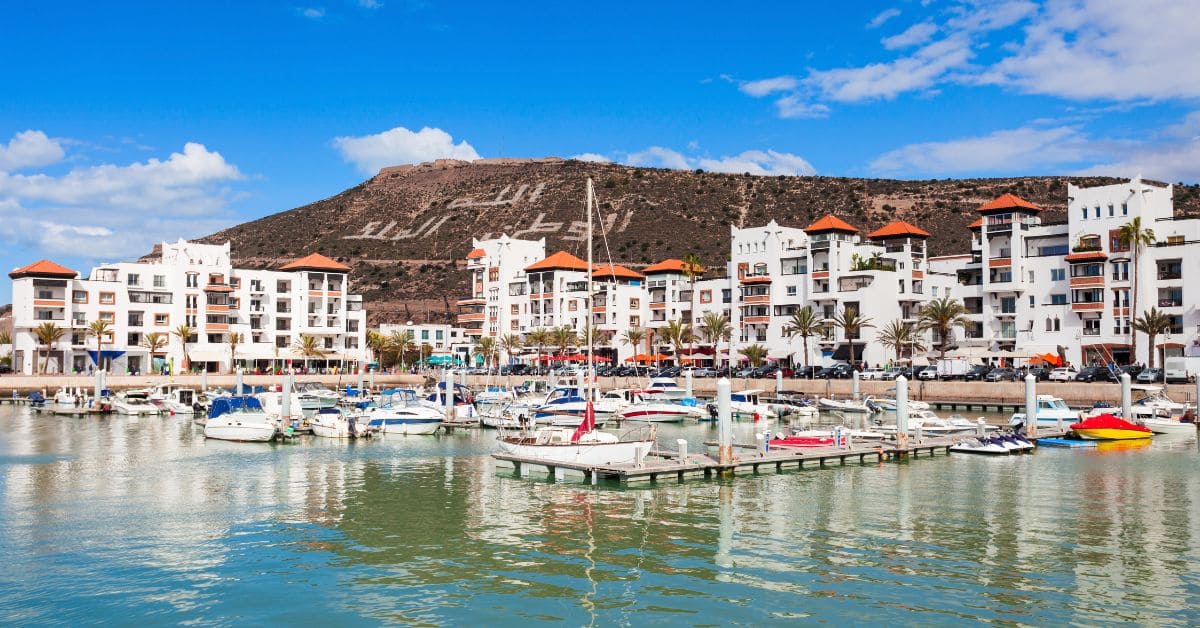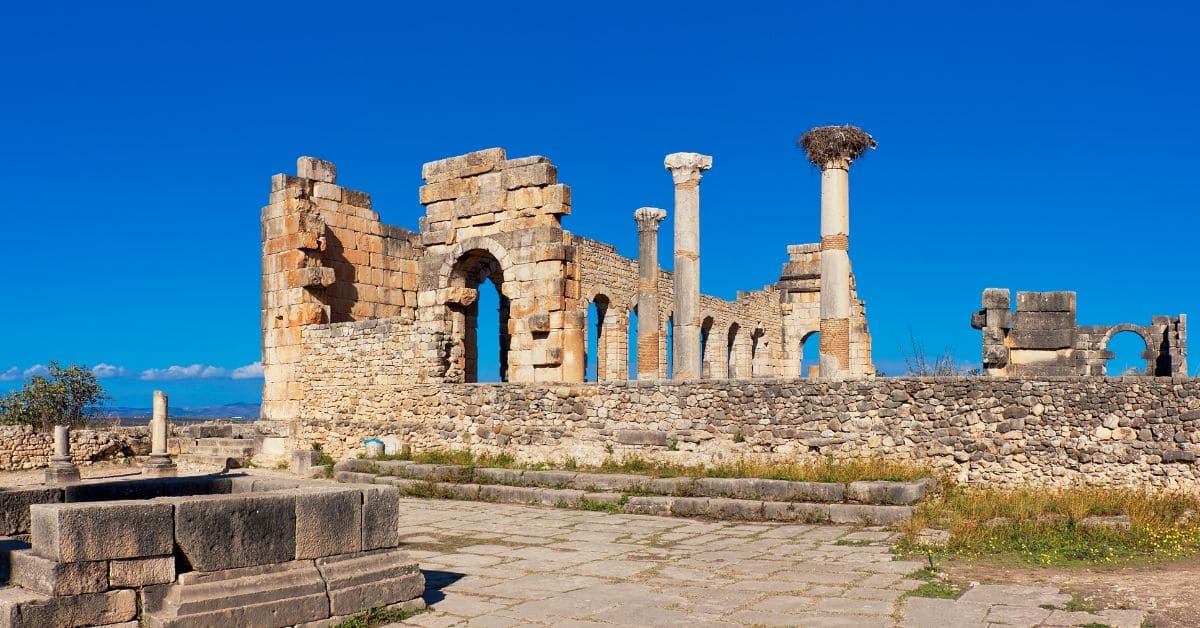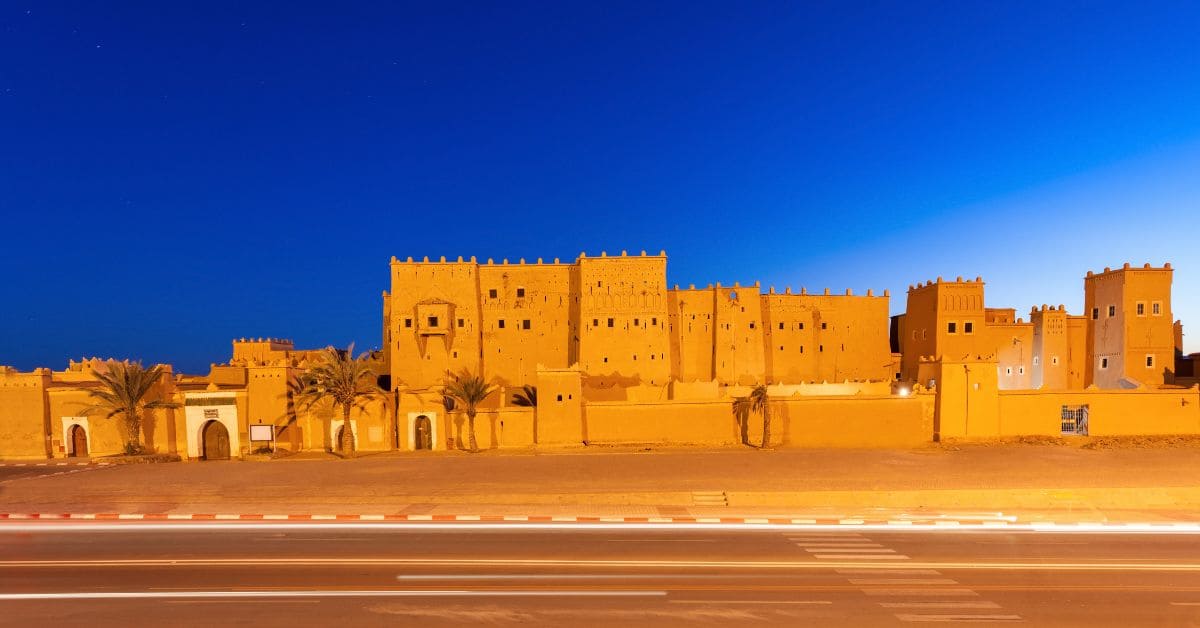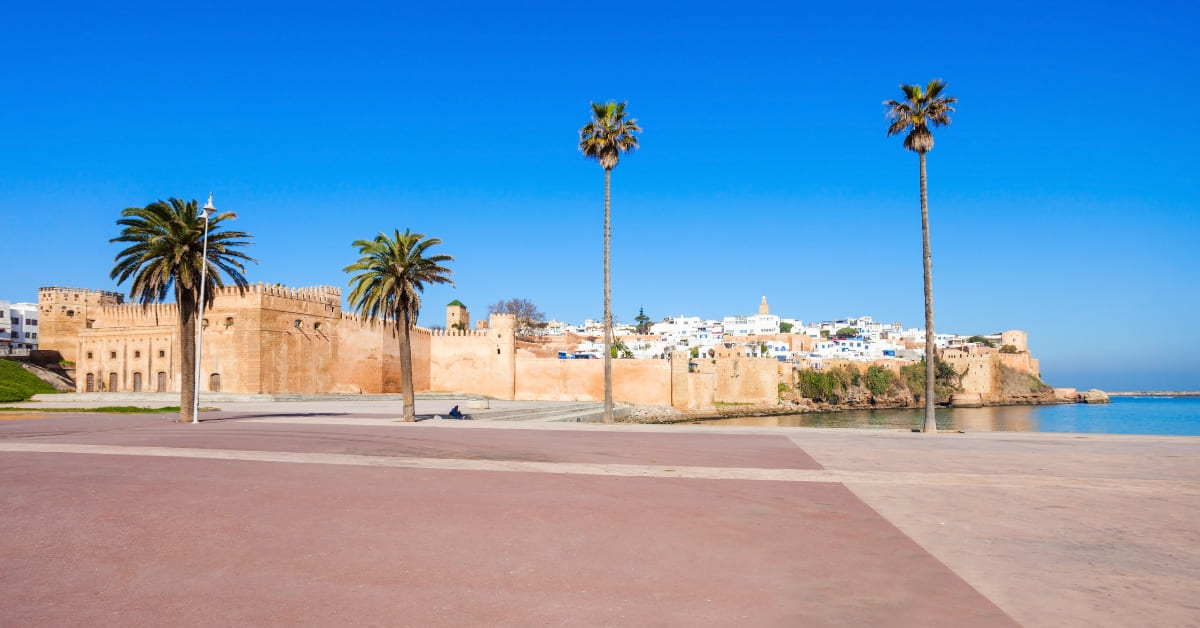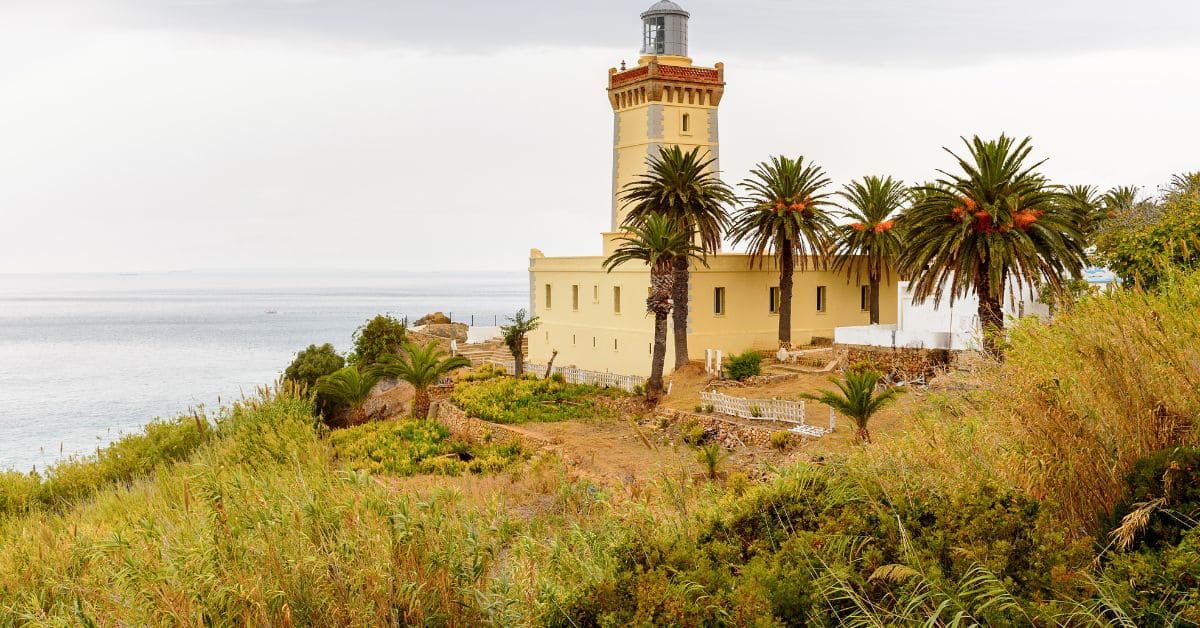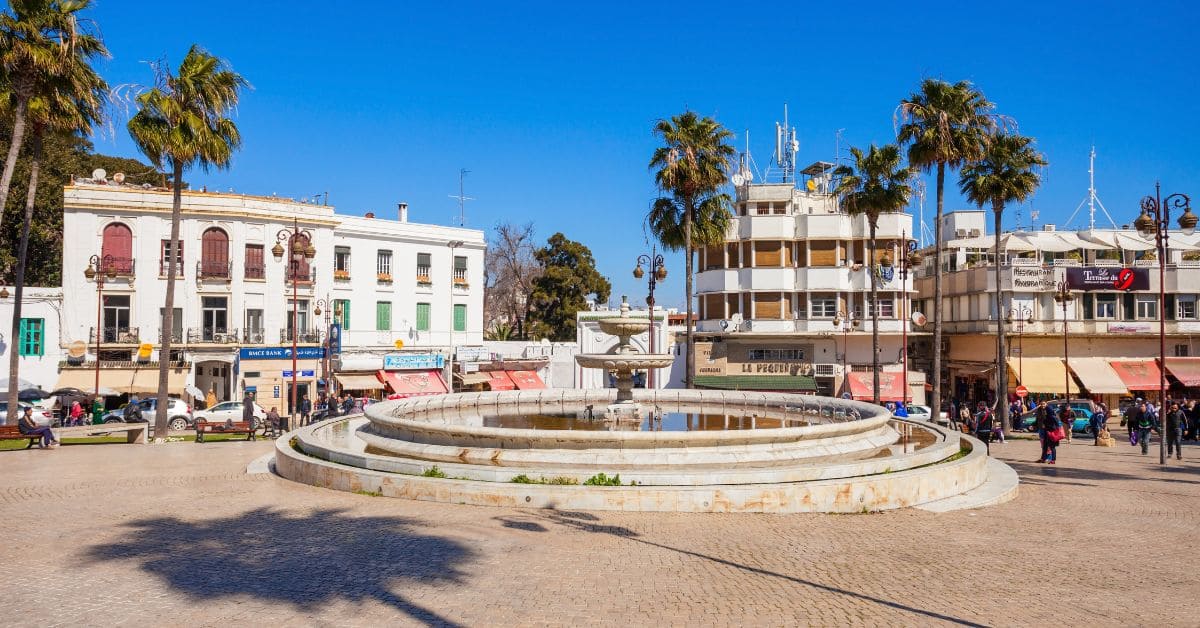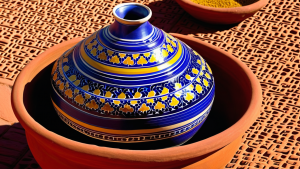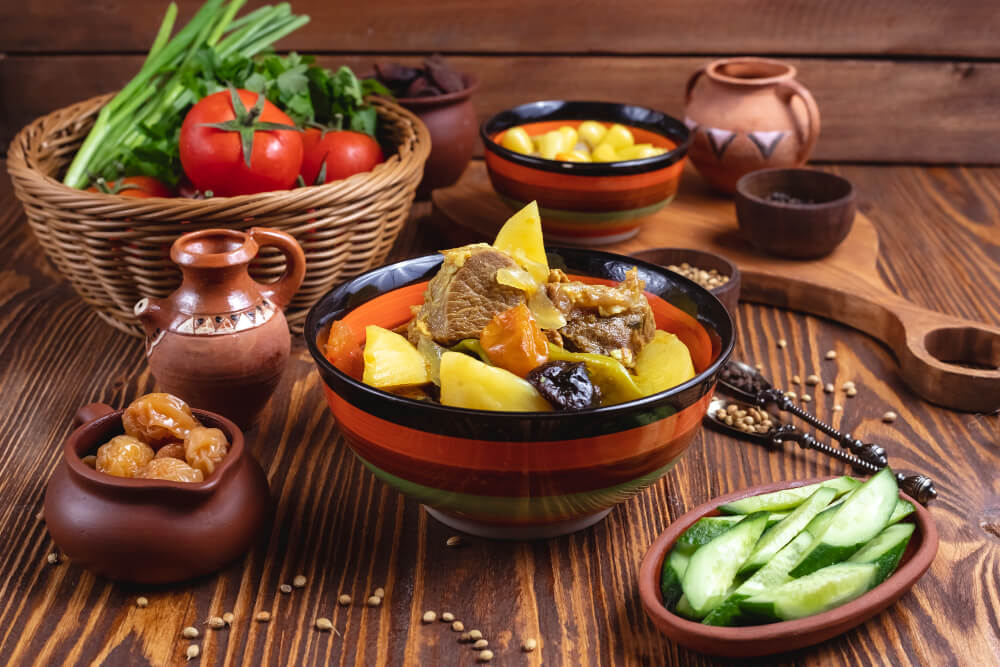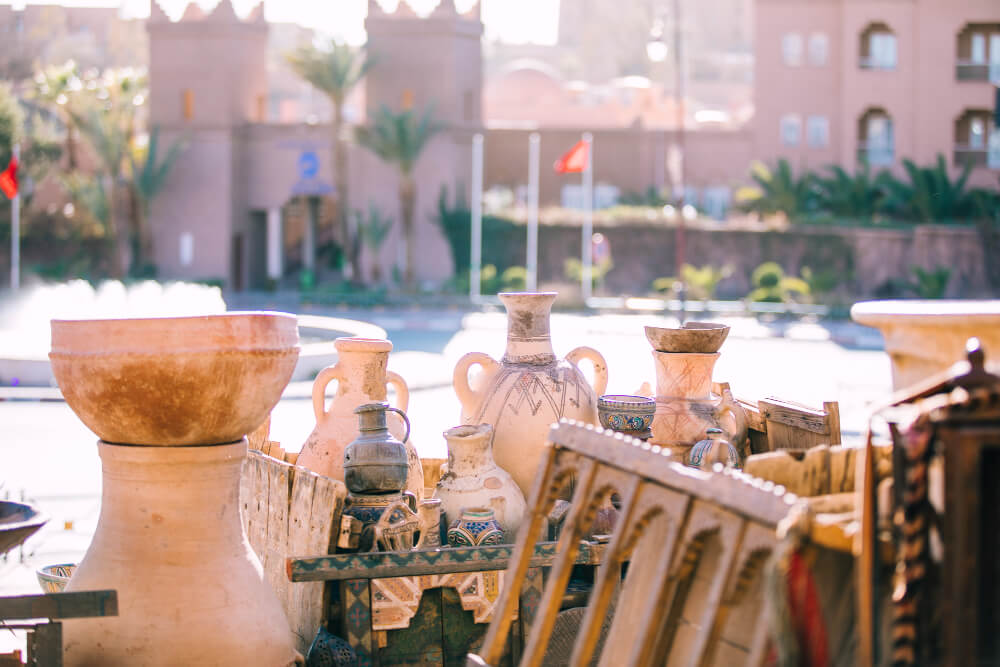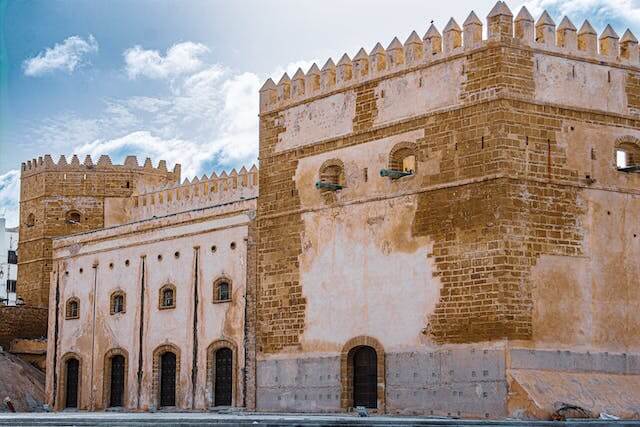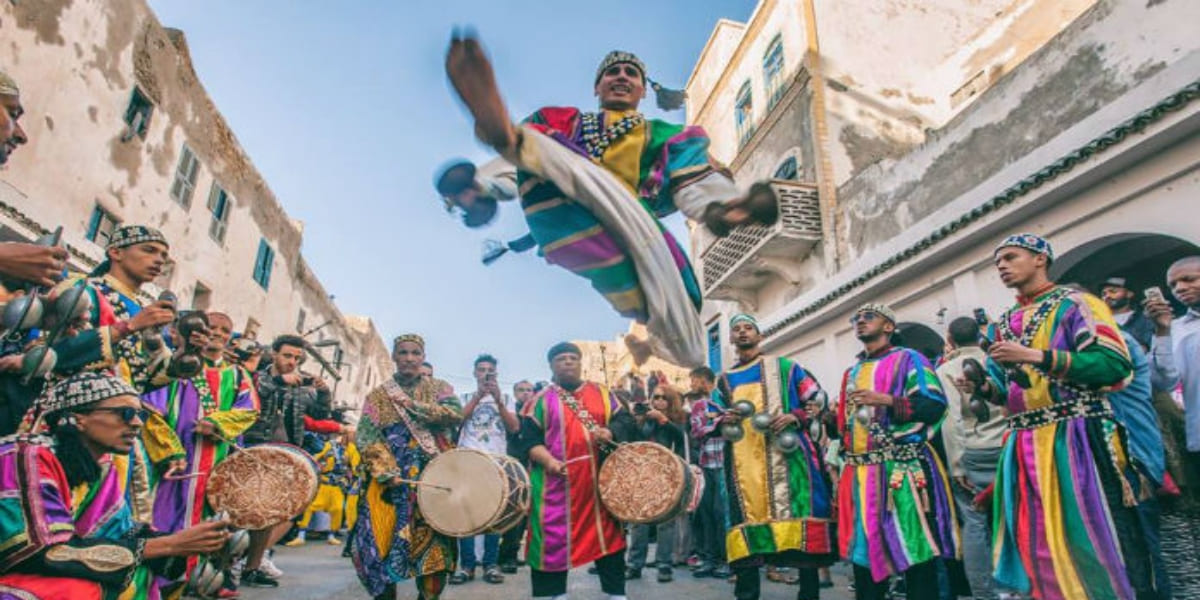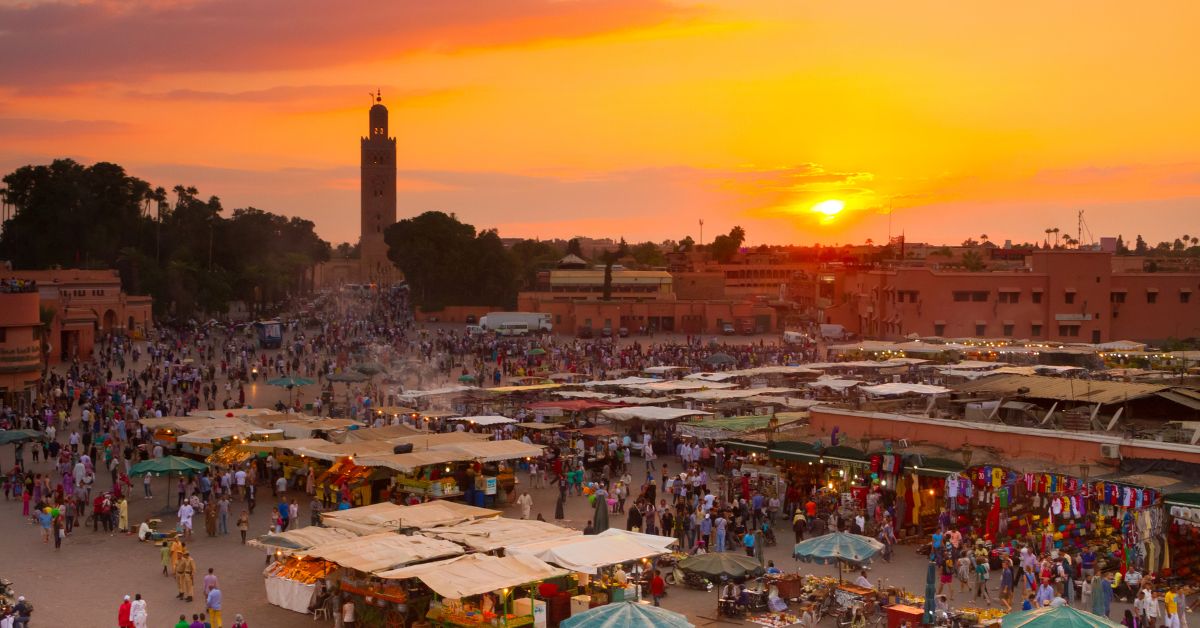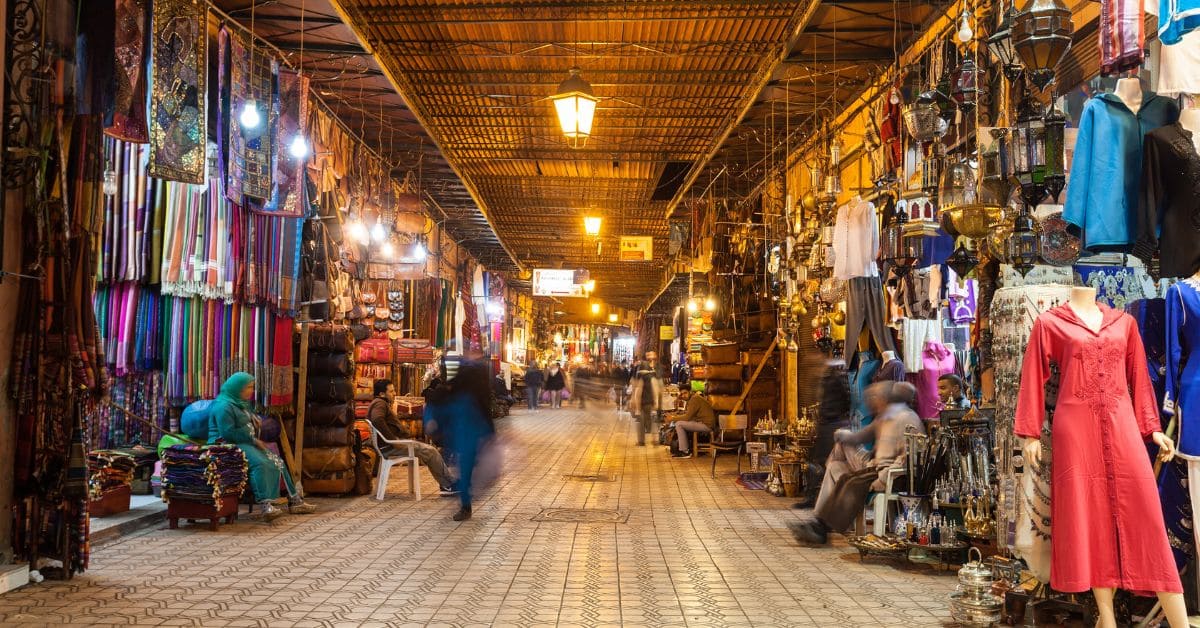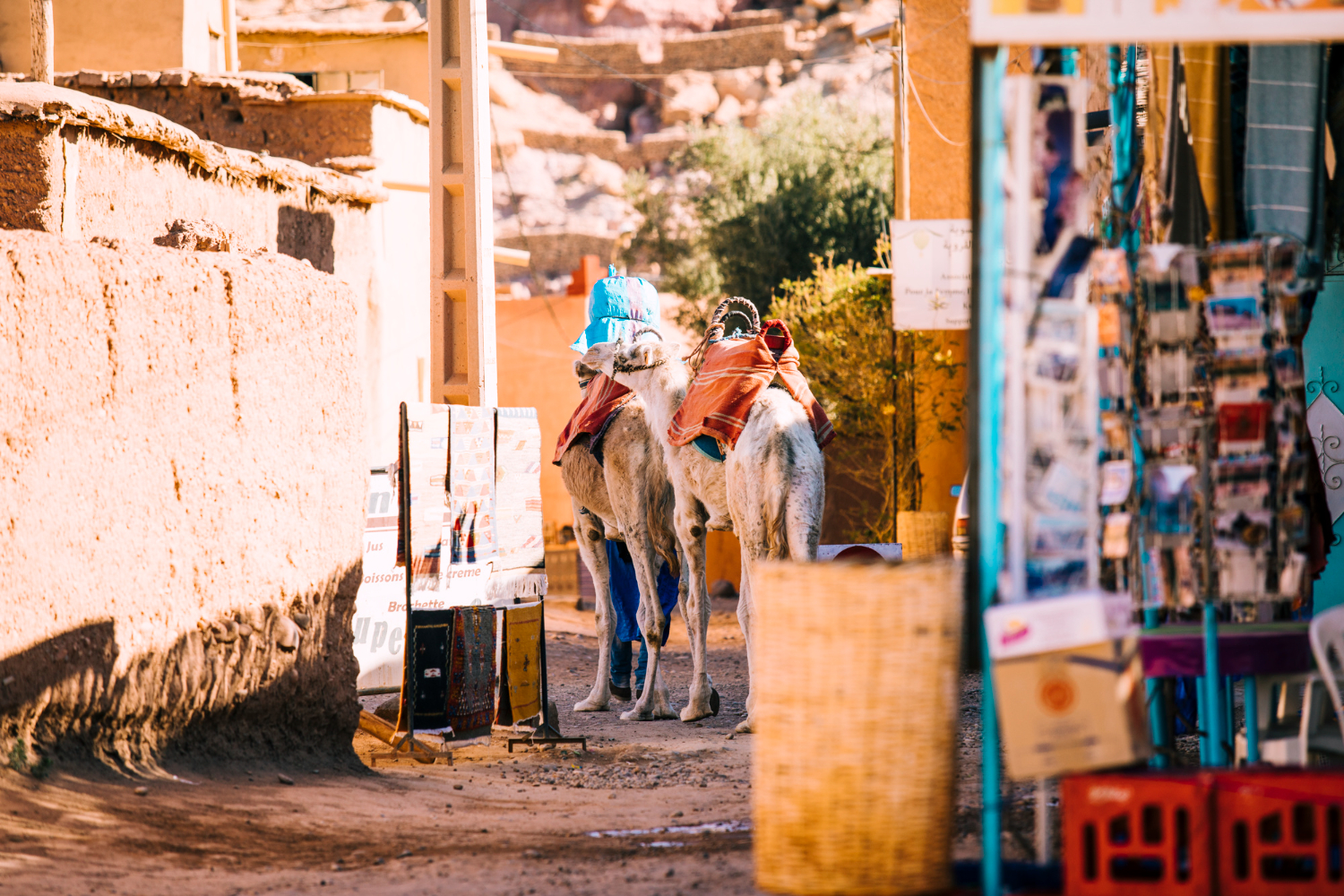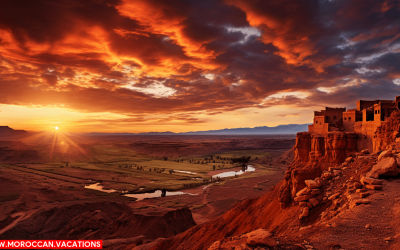Historical Background of French Colonial Influence
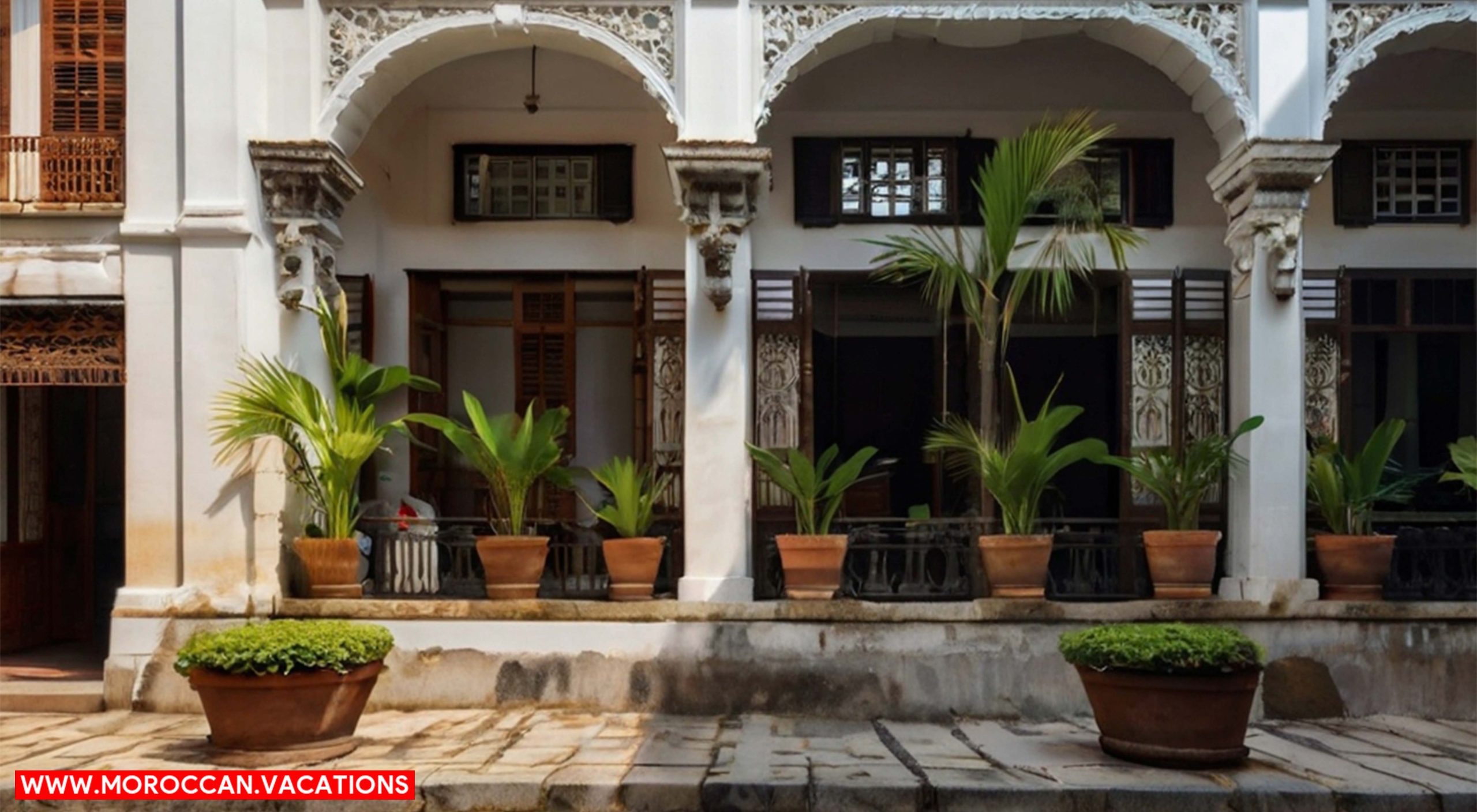

Do you ever wonder how French colonial architecture shaped the vibrant city of Marrakesh? From the grand facades of government buildings to the intricate details of private residences, the impact of French design is undeniable. In this article, we will explore the historical background, architectural features, and influence on local culture. Additionally, we will delve into the preservation efforts and discuss the future of French colonial architecture in Marrakesh. Get ready to uncover the fascinating story behind this architectural legacy.
To understand the impact of French colonial architecture in Marrakesh, it is essential to delve into the historical background of French colonial influence. The French colonization of Morocco began in the early 20th century and lasted until 1956. During this time, the French left a lasting impact on various aspects of Moroccan culture, including cuisine and the economy.
One significant influence of French colonialism on Morocco was in the realm of cuisine. French culinary techniques and ingredients were introduced to Moroccan cuisine, resulting in a fusion of flavors and cooking styles. Dishes like tajine and couscous were infused with French influences, such as the use of butter, cream, and wine. This culinary fusion not only expanded the culinary repertoire of Moroccans but also attracted tourists who were eager to taste the unique blend of French and Moroccan flavors.
Furthermore, French colonialism had a significant economic impact on Morocco. The French introduced modern infrastructure, including railways, roads, and ports, which facilitated trade and commerce. They also implemented economic policies that favored French businesses, leading to the establishment of French-owned industries and plantations. While this economic development brought some benefits to Morocco, it also led to inequalities and the exploitation of local resources.
Architectural Features and Design Elements
The architectural features and design elements of French colonial buildings in Marrakesh showcase a blend of French and Moroccan influences. These buildings have had a significant influence on local communities, both in terms of their design and their impact on the city’s overall aesthetic. Here are four key aspects of French colonial architecture in Marrakesh:
- Arcades and Balconies: French colonial buildings often feature arcades and balconies, which serve both functional and decorative purposes. These elements provide shade from the sun and create a sense of openness, while also adding a touch of elegance to the buildings.
- French Windows: Another distinctive feature of French colonial architecture is the use of French windows. These large, floor-to-ceiling windows allow ample natural light to enter the buildings and create a seamless connection between indoor and outdoor spaces.
- Terracotta Roof Tiles: Marrakesh’s French colonial buildings often have terracotta roof tiles, which are a nod to Moroccan architectural traditions. These tiles not only provide protection from the elements but also contribute to the overall aesthetic appeal of the buildings.
- Architectural Integration: One of the most remarkable aspects of French colonial architecture in Marrakesh is the seamless integration of French and Moroccan architectural styles. French colonial buildings often incorporate traditional Moroccan elements such as intricate tilework, ornate carvings, and vibrant colors, resulting in a unique fusion of influences.
The architectural features and design elements of French colonial buildings in Marrakesh have left an indelible mark on the city’s landscape. Their influence on local communities can be seen in the way they have shaped the aesthetic character of the city, blending French and Moroccan architectural traditions in a harmonious and visually striking manner.
Significant French Colonial Buildings in Marrakesh
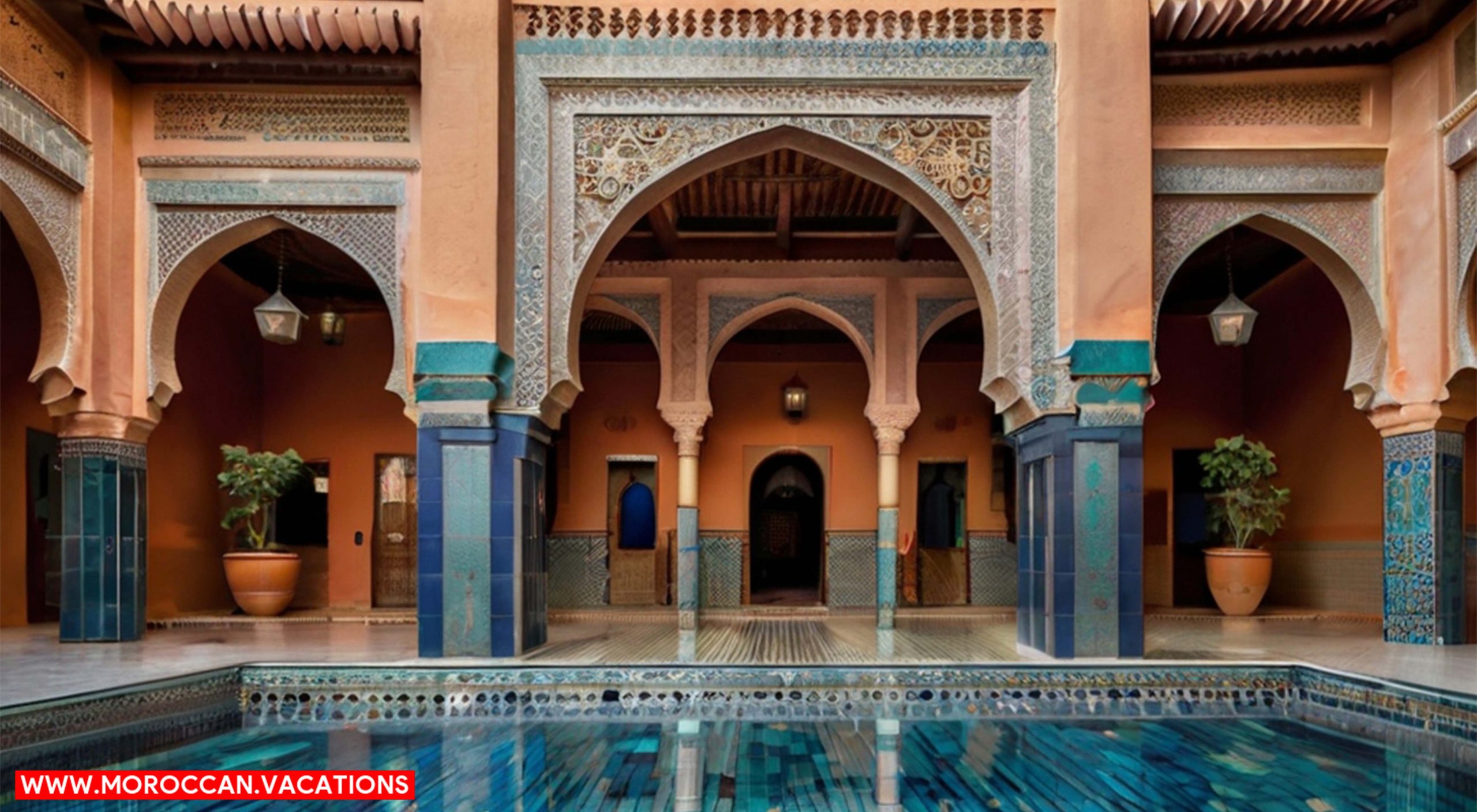

Explore notable French colonial buildings that have made a lasting impact on Marrakesh’s architectural landscape. The French colonial influence in Marrakesh is evident in several significant buildings that showcase a blend of French and Moroccan architectural styles. One such building is the Bahia Palace, built in the late 19th century. This stunning palace, with its intricate tilework, ornate plasterwork, and lush gardens, exemplifies the architectural significance of the French colonial period. Another notable building is the Koutoubia Mosque, built in the 12th century and later renovated by the French. Its towering minaret, influenced by French architectural styles, dominates the city’s skyline. The Majorelle Garden, created by French painter Jacques Majorelle in the early 20th century, is another iconic example of French colonial architecture. Its vibrant blue buildings, lush botanical gardens, and fusion of Moroccan and Art Deco elements make it a must-visit destination. These buildings, among others, stand as a testament to the enduring impact of French colonial architecture in Marrakesh, blending European and Moroccan styles to create unique and captivating spaces.
Influence on Local Culture and Identity
Experience how French colonial architecture in Marrakesh has shaped and influenced the local culture and identity. The presence of French colonial buildings in Marrakesh has had a profound impact on the city’s cultural landscape, contributing to its unique blend of Moroccan and French influences. Here are four ways in which French colonial architecture has influenced the local culture and identity:
- Architectural Fusion: The incorporation of French architectural elements into traditional Moroccan designs has given rise to a distinctive architectural style in Marrakesh. The juxtaposition of ornate French balconies with traditional Moroccan riads creates a visually captivating and culturally rich atmosphere.
- Cultural Exchange: French colonial architecture has facilitated a cultural exchange between Morocco and France. The presence of these buildings has attracted French residents and visitors to Marrakesh, leading to the exchange of ideas, traditions, and cultural practices between the two nations.
- Economic Impact: The influence of French colonial architecture on tourism cannot be overstated. The preservation and restoration of these buildings have attracted tourists from around the world, boosting the local economy and providing employment opportunities for the residents of Marrakesh.
- Sense of Identity: French colonial architecture has become an integral part of Marrakesh’s identity. The coexistence of French and Moroccan architectural styles reflects the city’s multicultural heritage and serves as a reminder of its colonial past.
Through its influence on tourism and cultural exchange, French colonial architecture has played a significant role in shaping the local culture and identity of Marrakesh. The fusion of architectural styles, the cultural exchange it facilitated, the economic impact it has had, and its contribution to the city’s sense of identity all contribute to the lasting legacy of French colonial architecture in Marrakesh.
Preservation and Future of French Colonial Architecture in Marrakesh
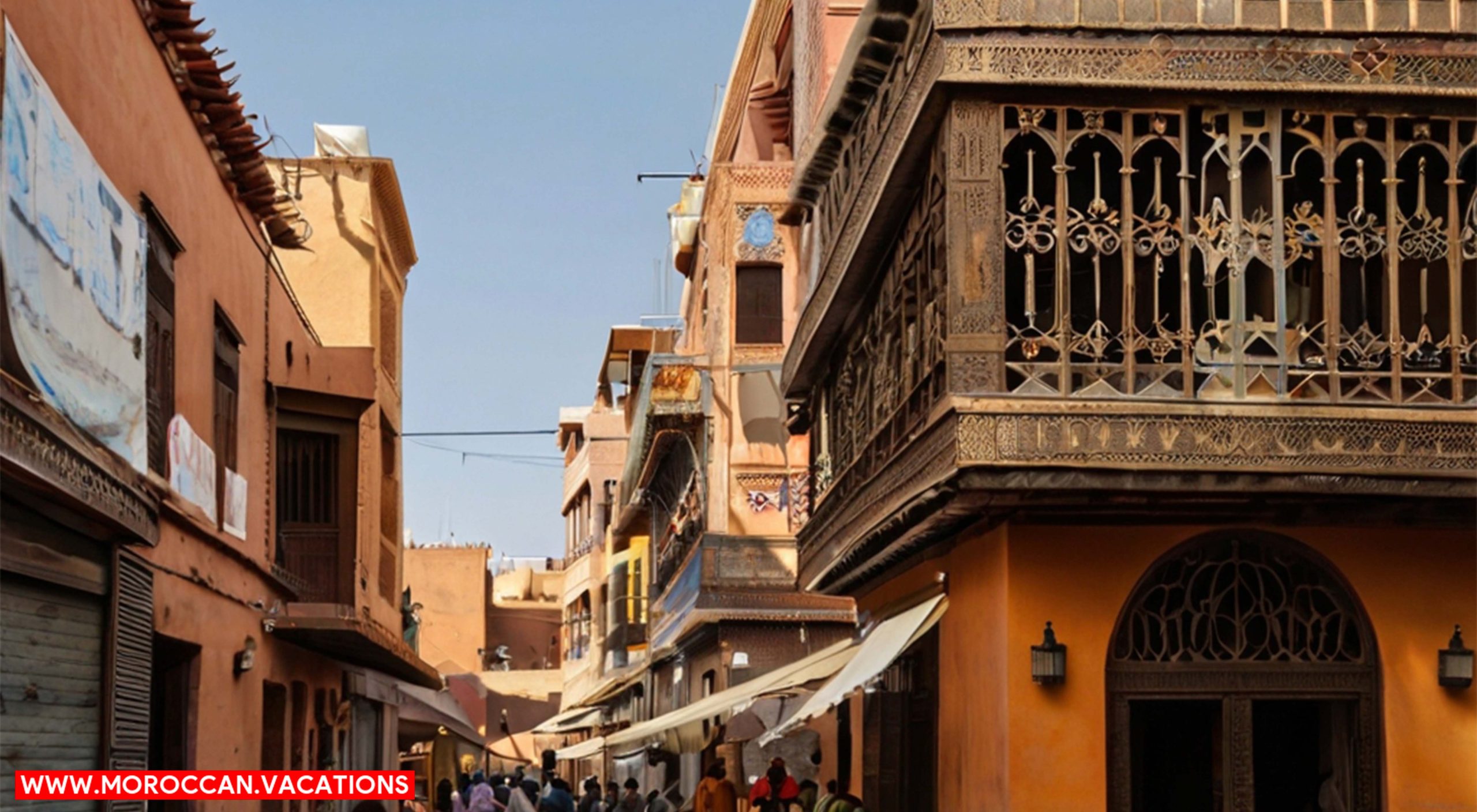

Preserving and ensuring the future of Marrakesh’s French colonial architecture is essential for maintaining its cultural heritage and architectural legacy. However, there are several challenges to overcome in order to successfully preserve these structures. One of the main challenges is the lack of awareness and understanding of the historical significance of these buildings. Many locals and even tourists may not fully appreciate the value of these architectural gems and the role they played in shaping the city’s identity.
Another challenge is the issue of maintenance and restoration. French colonial architecture in Marrakesh is subject to wear and tear over time, and without proper upkeep, these buildings can deteriorate rapidly. However, restoration efforts require significant financial resources and skilled craftsmen who can faithfully recreate the intricate details of these historical structures.
Furthermore, there is the question of cultural integration. While preserving French colonial architecture is important for historical and architectural reasons, it is also crucial to ensure that it does not overshadow or dominate the local culture. Striking a balance between preserving the past and embracing the present is essential for a city like Marrakesh, which prides itself on its rich cultural heritage.


Samira Amrani
The passionate author behind Moroccan Vacations, sharing her expertise and love for Moroccan culture, cuisine, and travel experiences to inspire wanderlust in every reader.
Related Articles
Journey Through Time: Discovering Morocco’s History and Architecture
Embark on a captivating journey through time as you explore Morocco’s rich history and mesmerizing architecture. Uncover the wonders of ancient civilizations and intricate designs that define Morocco’s cultural tapestry.

